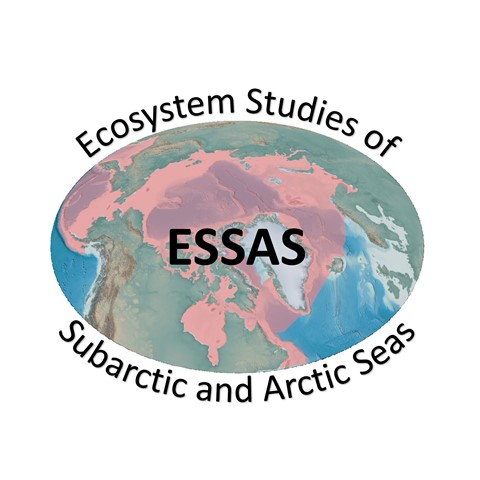Long-term temporal patterns indicate an increase in the temperature of surface and intermediate waters during recent years in the Iceland Sea. The phytoplankton consisted mainly of diatoms in spring, with flagellates and dinoflagellates appearing later in the year. Zooplankton and fish were dominated by a few species. In late summer, the pelagic foodweb ranged between trophic levels 2.4 and 3.6. Trends in nutrients and primary production showed a clear seasonal pattern with a spring bloom in late May, followed by a peak in secondary production in July/August.
Ecosystem structure in the Iceland Sea and recent changes to the capelin (Mallotus villosus) population
Featured research: The objective of the Iceland Sea Ecosystem Project was to analyze principal ecosystem patterns, including the life history of capelin. Ten surveys were conducted for this purpose between 2006 and 2008, and hydrographic data from 1970 to 2011 were analyzed











